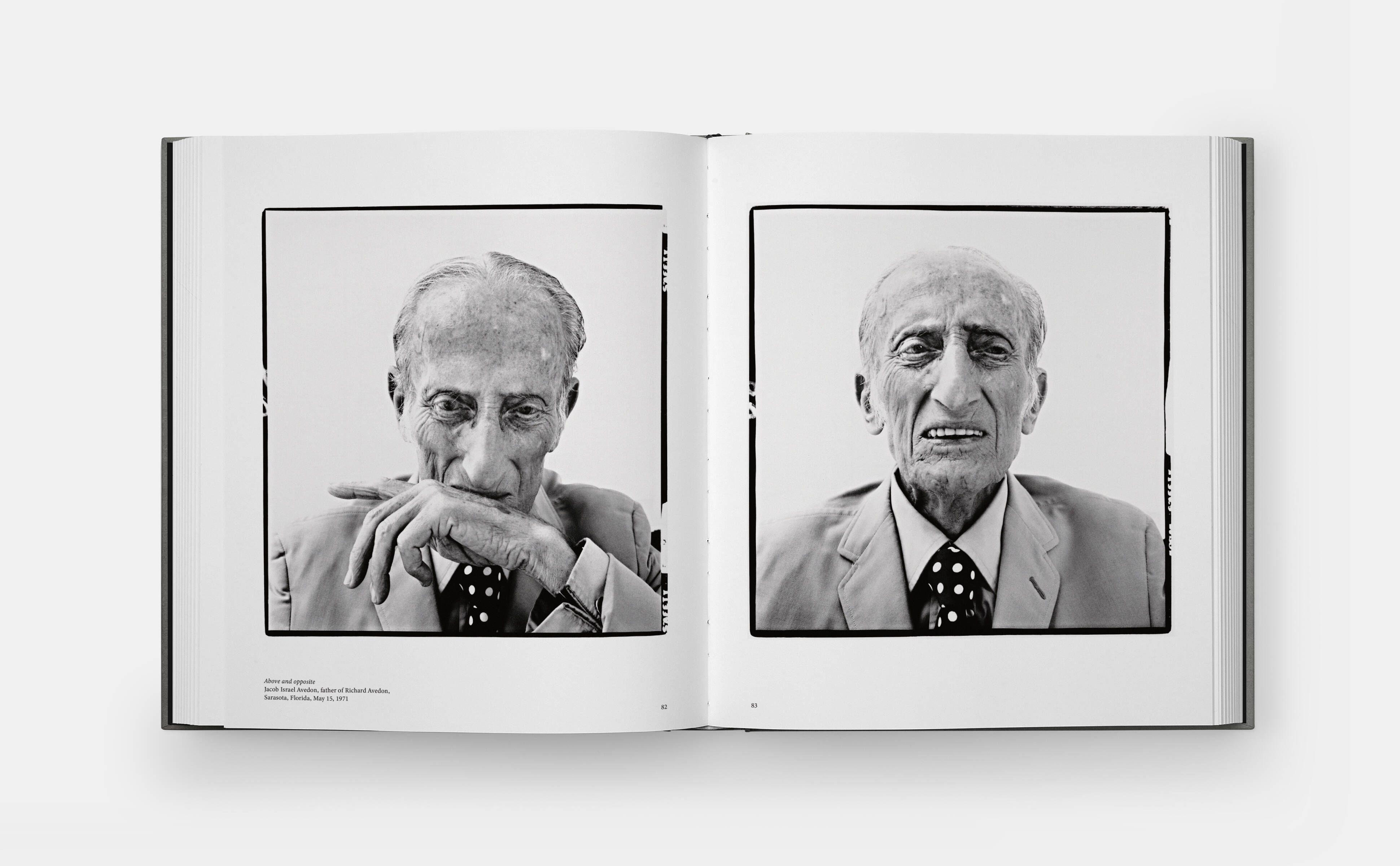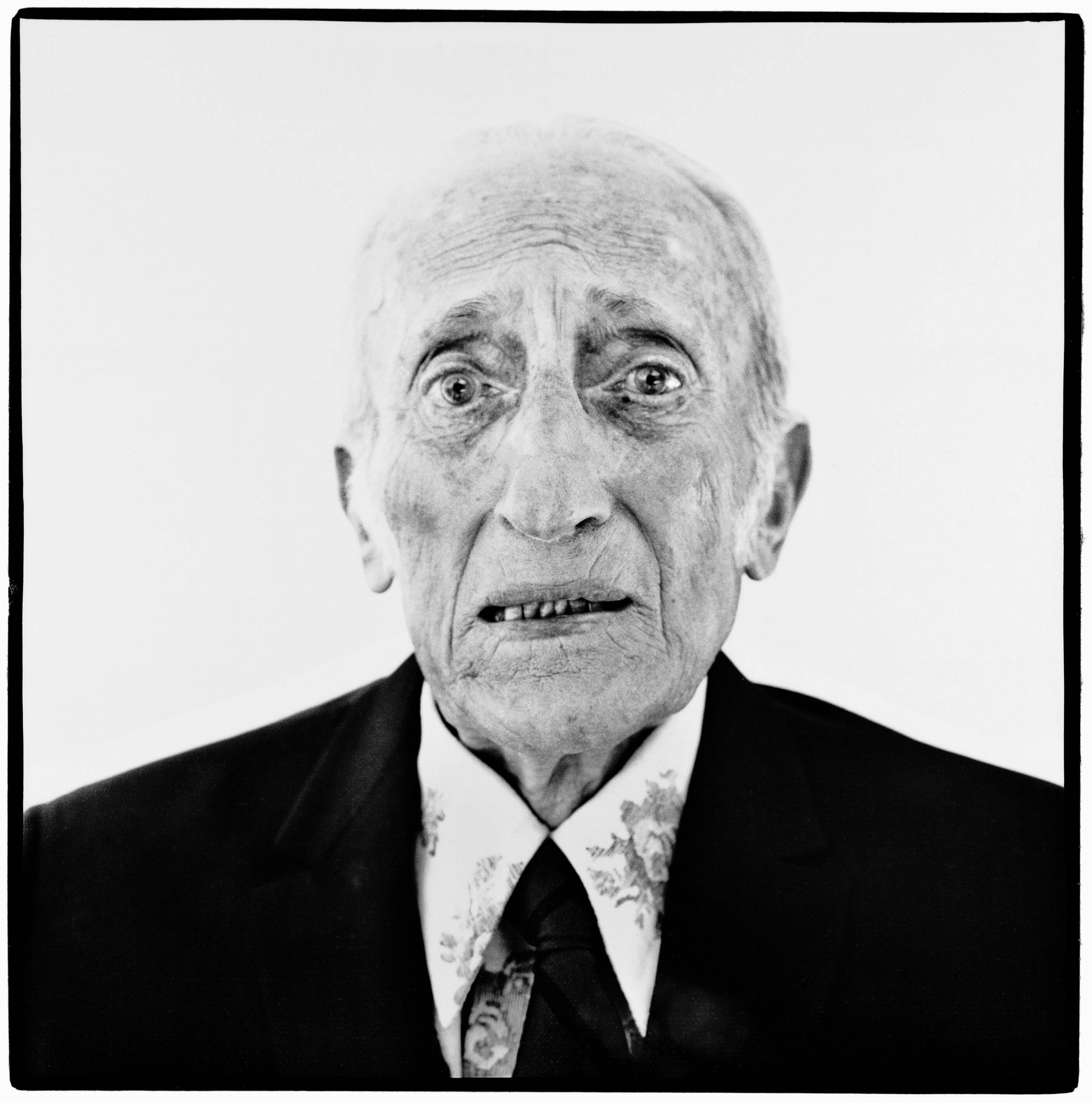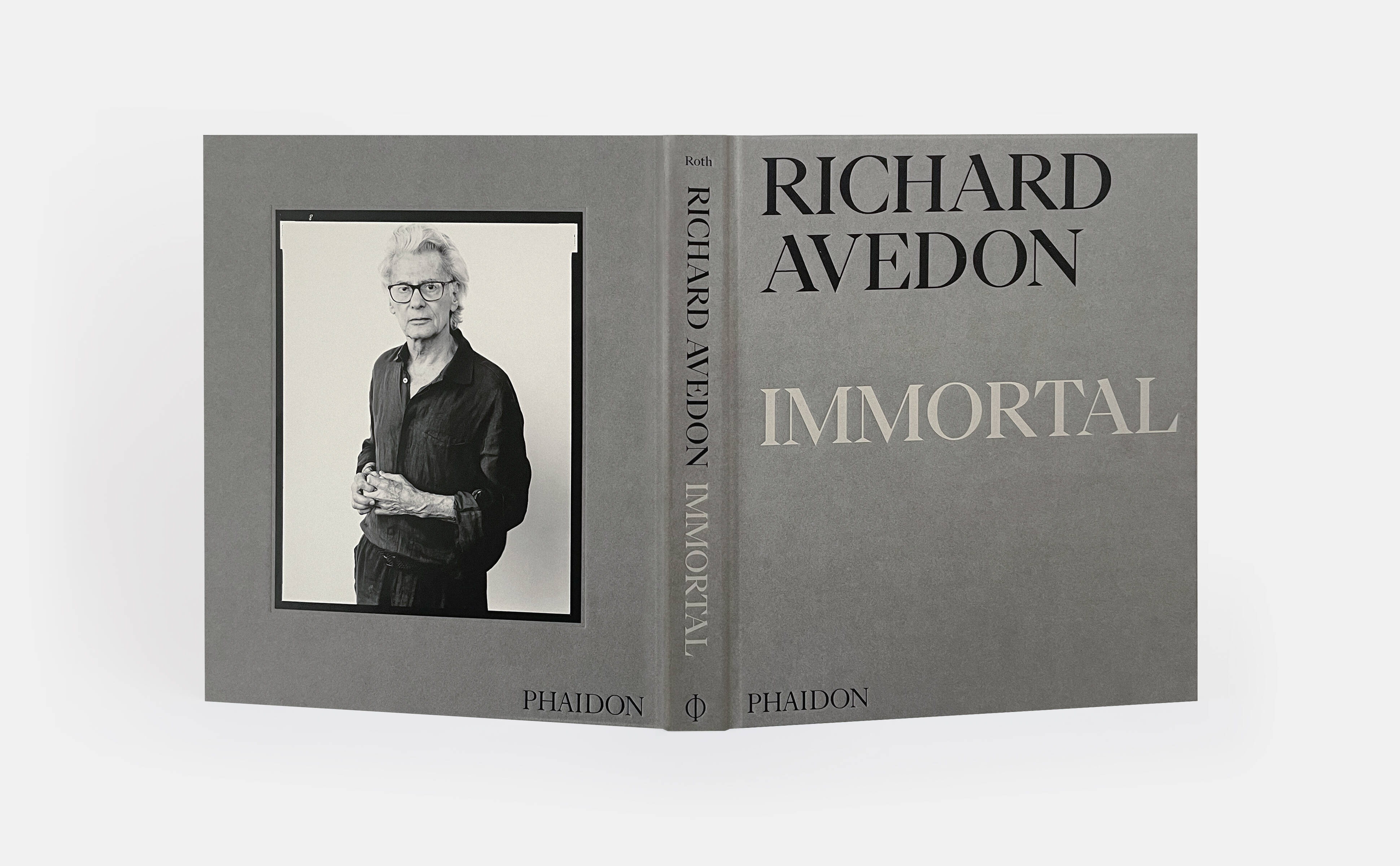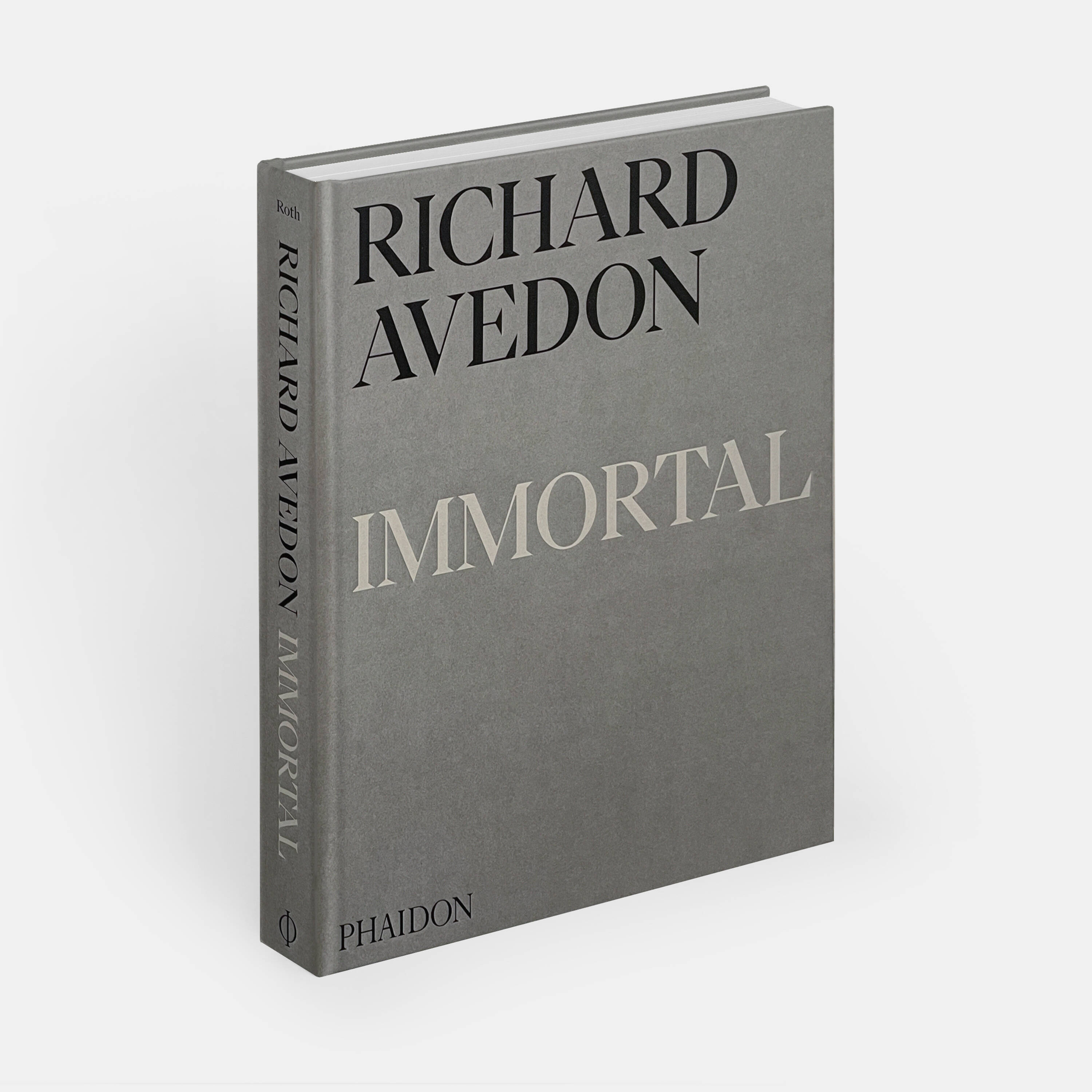
When Richard Avedon photographed his father
New book, Immortal, features 100 portraits of people who've already enjoyed the prime of their lives - the ones of his father are the most powerful.
On May 1, 1974, the Museum of Modern Art opened an exhibition of portraits by Richard Avedon. While he had long been one of the most famous photographers in the world, celebrated for his fashion imagery and portraiture from the moment of his arrival at Harper’s Bazaar in 1945, this was Avedon’s first solo museum exhibition in New York, the city where he lived and worked.
The display was small - only nine photographs in a modest gallery. All portrayed one subject: the artist’s father. With the simple title Jacob Israel Avedon: Photographed by Richard Avedon, the show took just one day to install, had no opening reception, and was on view for just six weeks.
Avedon’s portraits - most printed larger than life-size and mounted on linen, draped down the gallery walls - showed an elderly man, progressively aging toward his death.
“Though the exhibition had an understated launch, Jacob Israel Avedon sparked real controversy at the time,” writes Paul Roth, former director of The Richard Avedon Foundation, in our new book Richard Avedon Immortal: Portraits of Aging, 1951-2004.
“This was partly due to Avedon’s considerable fame, which attracted scrutiny from the media and a curious public, but it was the photographs themselves, and the story they told, that divided critics and audiences.”
In the decades since, Avedon’s photographs of his father have been eclipsed in the public mind by other work from his long career. Still, their unique place in the history of photography - and their undeniable graphic power and emotional force - mark the series as pivotal in Avedon’s oeuvre. And while these portraits have been widely interpreted as “visual metaphors for the cosmic unfairness of death,” they in fact trace a specific history, and show a real person.
 Jacob Israel Avedon, father of Richard Avedon,
Sarasota, Florida, August 25, 1973
Jacob Israel Avedon, father of Richard Avedon,
Sarasota, Florida, August 25, 1973
In spite of their public presentation, they were deeply personal to the photographer who made them. To find out how personal and to dig deeper into the story behind them and the complicated relationship between father and son, you should read Paul Roth’s essay on the tumultuous life story of Avedon’s father in Richard Avedon Immortal: Portraits of Aging, 1951-2004, which explains how Avedon realized this iconic series, and how the making of the photographs helped bridge the relationship between father and son.
“When I was a boy, my family took great care with our snapshots,” Avedon reflected on his life in later years. “We really planned them. . . . We dressed up. We posed in front of expensive cars, homes that weren’t ours. We borrowed dogs. Almost every family picture taken of us when I was young had a different borrowed dog in it. There we were in front of canopies and Packards with borrowed dogs, and always, forever, smiling. All of the photographs in our family album were built on some kind of lie about who we were and revealed a truth about who we wanted to be.”
Even from Avedon’s earliest years at Harper’s Bazaar and Vogue through to the twenty-first century, the photographer departed from the standard practice of flattering public personalities in his portraits. Instead, he chose to highlight the onslaught of what he called the “avalanche of age,” not shying away from his sitters’ wrinkles, crow’s feet or tired eyes, intent on dramatizing the experience of getting older.

As well as the iconic photographs of his father, Richard Avedon Immortal: Portraits of Aging, 1951-2004 is illustrated with nearly 100 portraits of significant artists, writers, friends, and other citizen-subjects in later life, all printed in striking tritone, and including such luminaries as Duke Ellington, Stephen Sondheim, Toni Morrison, Truman Capote, Patti Smith, and Ronald Reagan, alongside one of Avedon’s final self-portraits.
As well as Roth’s moving essay, Immortal also features an introduction by writer Adam Gopnik of The New Yorker, which considers how Avedon wrestled with representing aging to suggest the real dramas beneath the placid celebrity surface of his sitters—and even himself.
Although Gopnik has written about Avedon before, this is by far his most personal essay about his close friend. Meanwhile, vignettes by critic and Phaidon author Vince Aletti accompany some of Avedon’s most memorable portraits throughout the book, while an afterword by Image Centre curator Gaëlle Morel argues for the aesthetic radicalism of these photographs on aging.
Richard Avedon Immortal: Portraits of Aging, 1951-2004 accompanies a groundbreaking exhibition at The Image Centre at Toronto Metropolitan University in September 2025 and The Montreal Museum of Fine Arts in February 2026.
Learn more about and pre-order Richard Avedon Immortal: Portraits of Aging, 1951-2004.
